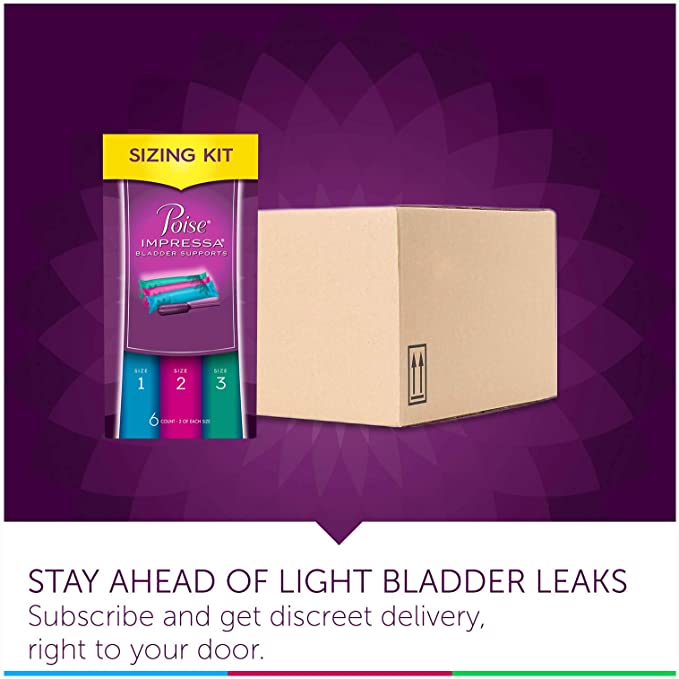
September 7, 2024
Postpartum Recuperation Timeline: Recovery After Birth
What Happens After A Woman Gives Birth? Keep Reading In a research of women following childbirth, 60% saw improvement of urinary system frequency at 1 year adhering to giving birth. Sick of waiting, she took a punting on an ad posted by a PhD trainee checking out the impact of significant birth injury. She was examined by a clinical group at St Mark's healthcare facility, an expert bowel medical facility in Harrow, London, earlier this year, and went through surgery there last month. UT Southwestern has among the largest Female Pelvic Medicine and Plastic surgery divisions in the nation. We help people in any way phases of life with techniques and therapies to avoid or treat urinary incontinence.The Length Of Time Does Postpartum Incontinence Last?
- After hours of waiting, it was determined her injury required to be cauterised-- a procedure in which power or chemicals are utilized to melt cells in order to shut a wound.
- For these reasons, it is possibly best not to have a routine episiotomy at the time of shipment.
- From pre-natal examinations to distribution and newborn baby treatment, it can make a dent in your savings, so it is much better to prepare for the expenses of maternity.
- That's due to the fact that nursing causes the launch of the hormonal agent oxytocin.
- Ladies with a high BMI, or those that retain pregnancy weight gain after the birth of their kid( ren), are most likely to experience incontinence and pelvic body organ prolapse (POP) after delivering.
Baby Growth Chart
After distribution, a mix of blood, mucus and cells from the womb appears of the vaginal area. The discharge changes shade and decreases over 4 to 6 weeks after an infant is birthed. The discharge then slows down and comes to be watery up until it stops. Whether C-section or normal maternity, it is normal to feel pain in the reduced areas following the pregnancy. A doctor might suggest using a convenience pillow or cold pack to eliminate the discomfort. If you had a caesarean area, you have had major abdominal surgical treatment. It will require time for your body to recuperate and you will certainly be given strong discomfort relief for the first few days. Your stitches will certainly require dressings changed and checking for infection. Genital discharge, called lochia, is normal in the initial days after giving birth. Doing these workouts may assist Perineum prevent longer term bladder issues. Straight after birth, you will certainly require to provide the pelvic flooring time to recuperate. Ice the perineal area for the initial few days and have lots of rest.Just how to fix urinary incontinence?
Can Anything Be Done To Prevent Incontinence That Results From Childbirth?
Throughout this see, your service provider will certainly execute a physical exam to determine exactly how you're recovery, looking at your weight, high blood pressure, busts, and abdomen. She may analyze your cut website, if you have one, and examine that your uterus and cervix have gone back to their pre-pregnancy state. Specific mild postpartum exercises like leg increases, knee touches, and leg expansions benefit toning those stretched-out muscular tissues. When you prepare, and with your healthcare provider's approval, you can start regular exercises. Exercising three times a week and watching on your food consumption can assist tone your abdominal area and even assist you shed some of that child weight. Research studies reveal that greater than a third of women that provide vaginally have some damages to these rectal muscular tissues. In ladies with a forceps delivery, concerning 80% have damage to the anal muscular tissues. A lot of recoup their pre-labor function, but also for some the destructive impacts can linger for several years. As time takes place and the normal adjustments of aging and weakening of the tissues occurs, urinary incontinence may result. Currently, just sophisticated and expensive examinations like MRI or nerve transmission researches can inform if these muscles and nerves have actually returned to normal. Regrettably, there is no hassle-free, simple method at this point for you or your medical professional to understand if these muscle mass are damaged and destined to cause urinary incontinence. You can blame this common postpartum symptom on the pregnancy- and delivery-weakened muscles around the bladder and hips, which may have a more challenging time controlling your circulation after childbirth. You might experience this loss of bladder control while giggling, sneezing, coughing or performing a exhausting task, and it's really common after delivering. As a matter of fact, it's approximated that regarding fifty percent of grown-up females may experience postpartum urinary system incontinence. More than 60% of pregnancy-related fatalities are thought to be avoidable. Anticipate any type of skin that got darker during pregnancy, such as dark spots on your face, to fade gradually as well. If you're not nursing, put on a bra that sustains your breasts, such as a sporting activities bra. Pain relievers offered without a prescription also can be practical.Social Links